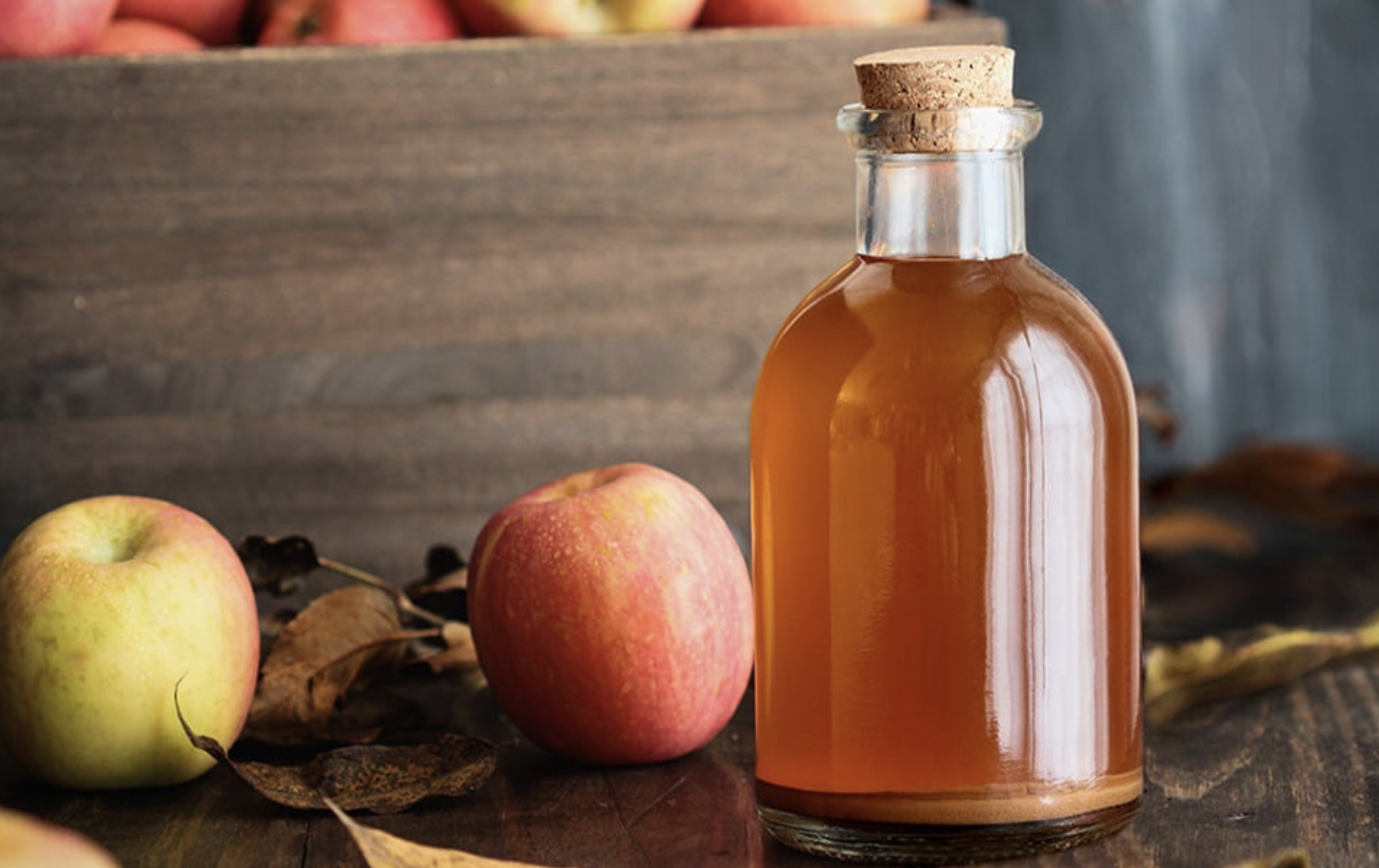How to choose the best substitute for parsley?
Choosing a parsley substitute largely depends on how you intend to use the herb and whether you are looking for something that will mimic parsley in appearance, taste, or both. Parsley is generally a very mild herb and has almost no flavor. It is commonly used both fresh and dried in cooking, usually as a garnish, something to replace fresh parsley. Cooks who cannot find or cannot eat regular parsley often choose other green herbs, especially cilantro or chervil, as a substitute. Using other varieties of parsley, especially curly parsley, is also often a good choice, though a lot depends on what's available, as well as why you're avoiding parsley in the first place.

There are two main varieties of parsley, and they interchange well. Italian parsley has flat, dark green leaves and is generally the most popular variety in commercial markets. Curly parsley, sometimes called common parsley, has a lighter color, tightly twisted leaves and often a slightly bitter taste. Substituting one version of parsley for another, or even using dried parsley instead of fresh, is often the easiest way to compensate for not being able to find the type of parsley you're looking for.
Parsley is rarely used for its flavor, which can make choosing a parsley-free substitute somewhat difficult. Chervil, a plant in the parsley family, is usually the best choice when it comes to taste comparison. This herb has French origins and often has a slightly aniseed flavor. However, it is not always easy to find chervil outside delicatessens. Chervil is also not an acceptable substitute for parsley for people with a parsley allergy.
If you're aiming more for the look of a parsley garnish, cilantro is one of the more popular choices. Cilantro leaves look almost identical to flat-leaf parsley. Taste is where things get different.
Cilantro has a very strong and very distinctive flavor that can be overpowering if used in large amounts. It's usually best to use a few cilantro leaves in place of the parsley, unless you're sure the flavor will complement your dish. Cilantro is very popular in Latin American and Indian cuisine, but can conflict with many Italian dishes, for example.
Leafy herbs like basil and tarragon can also be substituted for parsley when appearance is the primary concern. Like cilantro, these herbs also have distinctive flavors. It's usually best to taste the herb before using it to get an idea of how it will pair with the flavors of your dish. This is especially true when cooking directly with herbs, rather than using them as a garnish. Cooking with parsley is usually straightforward, as the leaves don't have much flavor to let out. However, other herbs often intensify when warmed, which needs to be taken into account.
Scallions, although not an herb, can also be an effective substitute for parsley in some cases. Onion stalks can be thinly sliced and sprinkled over the dish or cooked inside to add a pleasant green color with usually only a little flavor. The texture of a green onion is very different from that of parsley, but the appearance is often similar.
Finding a substitute for parsley in a garden usually requires completely different considerations. Many people start growing herbs like parsley for the sole purpose of deflecting predators and pests from other plants, especially food crops or bushes. Parsley is a common companion plant for tomatoes and carrots. Basil, chives and mint will also serve this purpose if parsley is not available or not growing.










Cider storage: how long?
What is the shelf life of cider?
How to keep your fresh asparagus
How to choose the best substitute for parsley?